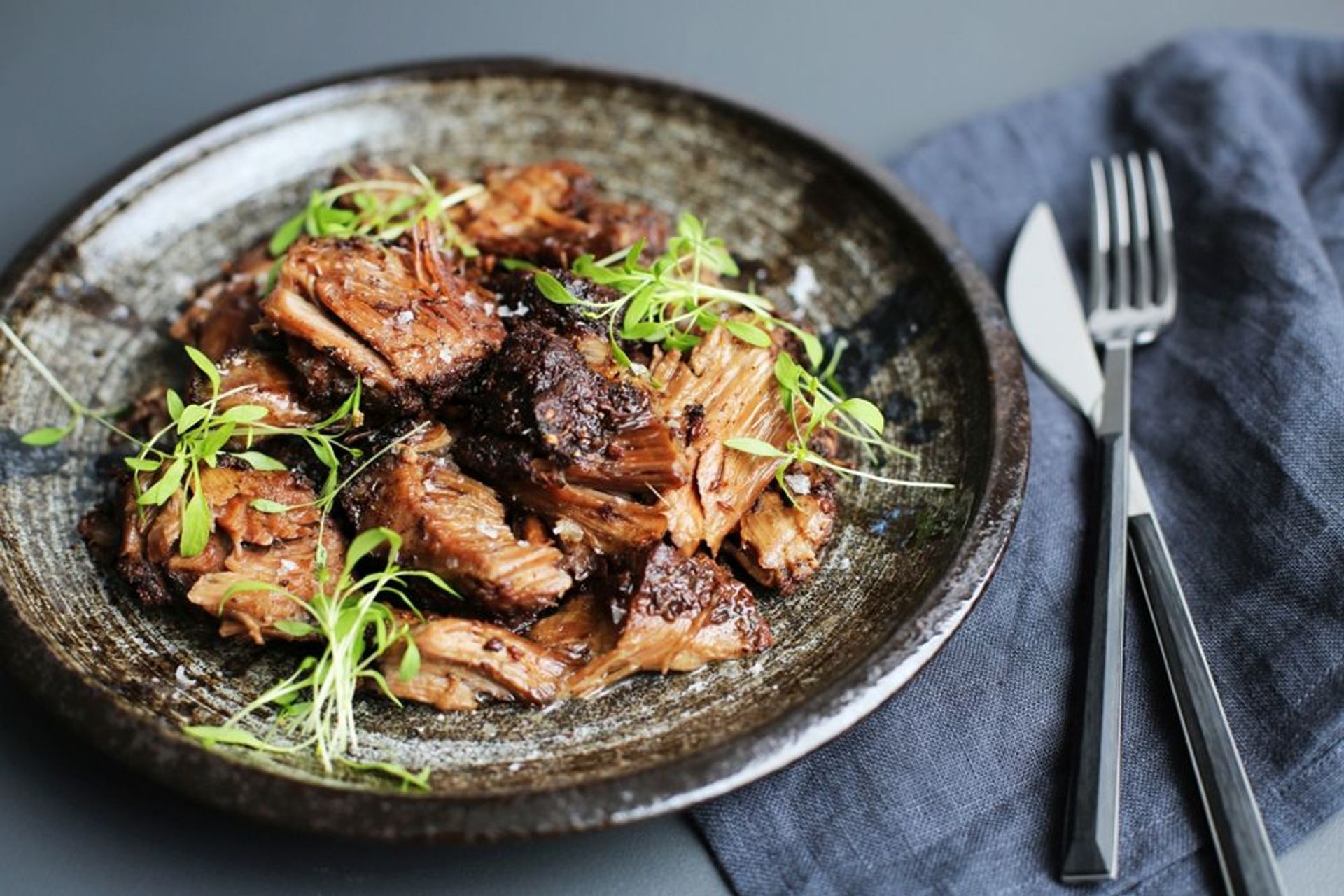How to guide for conventional cooking

New to a conventional oven and unsure how to best use it? Or had it for a while but haven’t quite grasp the nature of the beast? Well we’ve got some tips to help smooth the transition to conventional baking.
What is conventional?
First let’s start with the basics. A conventional oven is a traditional cooking method using a top and bottom heat element. Remember the adage heat rises, well this is applicable to a conventional oven where it is much hotter at the top than the bottom – this means it is not suitable for batch cooking on every shelf. Unlike a fan forced oven which has an element and fan circulating the air resulting in a more even heat distribution – this is where batch cooking best performs.
What temperature is best?
When cooking in a conventional oven it is always recommended to increase the temperature by 20°C, if the recipe calls for fan forced. So, for example, if it says 180°C fan forced, ensure you set the conventional oven temperature at 200°C. Of course, in some instances an oven may run hotter than normal, so the 20°C is just a gauge. You may have to perform a little trial and error to find your ovens perfect needs.
Do I need to preheat a conventional oven?
Absolutely! When it comes to baking in a conventional oven the starting temperature is paramount. It goes hand in hand with maintaining a constant temperature also, so it is highly recommended to minimise the amount of door openings while cooking, so a consistent temperature is maintained.
What kind of foods cook best in a conventional oven?
Conventional ovens are good for delicate foods like custards, flans, soufflés, meringues. Also, some breads and cakes like fruit and mud cakes that require a longer cooking time.

Pies, tarts and pastries can be cooked on the bottom shelf to ensure a crisp base. Other things like a pasta bake, pork belly, things that need a crispy top can be cooked closer to the top shelf.
Conventional is often used for long and slow cooking and holds the moisture better than a fan forced will for certain food types. As it is gentle heat, conventional ovens are great for slow cooking such as lamb shoulder, beef cheeks and braises. Fan forced ovens are quicker to cook due to the hot air circulating and often brown faster, hence why there are food types or cooking styles better suited to conventional that need the slow and steady temperature to cook the whole way through.

What shelf is best to cook on?
In general, keeping to the middle shelf will allow an even heat distribution unless the recipe calls for a crispy base or top. Always adjust the shelves prior to preheating to ensure the shelf is in the correct position. Not only can moving a hot shelf be dangerous but they are more difficult to adjust once hot.
As mentioned earlier, where possible minimise door openings as this will create drops in the temperature, which can be detrimental to some recipes.
Discover the Falcon recipes
Looking for cooking inspiration? Here are just a few of our Falcon recipes that lend themselves well to being cooked in a conventional oven. Red wine braised shanks, Pork Loin with Sausage, Pear & Pistachio Stuffing, Slow-cooked Spiced Lamb Shoulder, Chocolate Creme Brulee and Coffee & Walnut Cake. Don’t forget to increase the temperature by 20°C if the recipe mentions fan forced. Recipe, Food Styling and Photography by Karen McFarlane, foodlove.com.au
Happy cooking!
